Description
Polar diving: scuba diving trips in Antarctica and the Arctic
As if visiting the Arctic or Antarctic were not otherworldly enough, there is a whole other world for you to explore under the surface of the seas.
What will I see while on a diving cruise?
Aiming for 1 or 2 dives per day (depending on weather and ice conditions) you will dive under shallow ice, down along walls, from the beach, or from a Zodiac. You’ll reach a maximum depth of 20 metres (60 feet). Diving under Polar waters is like no other dive – the combination of water, sunlight, and ice formations creates an ever-shifting spectacle of colours.
Our divers are often surprised by the diversity of wildlife they encounter underwater:
- a variety of starfish species
- sea squirts
- squat lobsters
- different species of crab
- soft corals
- anemones
- peacock worms
- dogfish
- kelp walls
- sea-snails
- sea butterflies
- multiple species of fish
- shrubby horse-tails
- jellyfish
- sea-hedgehogs (urchins)
You might even have the opportunity to dive with Fur Seals, Leopard Seals or Penguins. (We do not dive with walruses in the area because they can get aggressive – though you may be able to observe them from the Zodiac with your snorkel and mask.)
Diving in the Arctic
The Arctic diving expeditions take place around Spitsbergen. You’ll be able to dive from our Zodiacs, the beaches, and even get in some wreck dives. Spitsbergen has been a very successful spot for us to dive with seals.

Diving in Antarctica
The Antarctic waters are rich with krill, meaning that quite a lot of marine life is attracted to the area. In addition to seals you’ll also have a good chance to make friends with some the penguin population on your dives.
Do I need to have experience to dive?
Yes. These are not training dives and are not meant for beginners.
Before your cruise departs you’ll be asked to present your internationally accepted diver certificate, your diver’s logbook (you’ll be asked to provide copies when completing your diver personal information form), and a statement from your doctor (not older than two years) that states you are in a good state of physical health allowing you to scuba dive.
We also ask that you have experience with cold-water diving and dry-suit dives (at least 30).
How dangerous are the dives?
Experienced divers know the risks inherent in all dives (e.g. currents, possibility of equipment failure). Diving during an Arctic or Antarctic cruise has a couple of additional precautions that must be taken.
First, there is no decompression chamber available in either Polar Region. We do have doctors on board our vessels but they are only able to render first aid assistance. As there is little to no infrastructure in the areas we cruise full medical assistance can be hours, or even days, away.
_Miss_Scuba-Oceanwide_Expeditions_IMG_8356.JPG)
For these reasons we ask that divers refrain from stunt dives like extra deep dives. Our dive team leaders and guides may decide to exclude divers from a dive if they feel the diver is not experienced enough. This is not only for that particular diver’s safety, but also for the safety of the rest of the divers and the master and the guides.
Ice is obviously a concern that dives in other parts of the world do not face. The ice is constantly shifting, closing off entry and exit points and opening them elsewhere. Extra precaution must be taken for divers to stay oriented to their safe exits.
Along those lines, marine life moves along with the ice following access to sunlight and krill. This means we cannot guarantee that you’ll get to see particular forms of marine life, and disappointments due to shifting conditions cannot be grounds for claims or reimbursements.
Your dive team leader and guides
Our dive team leaders are highly experienced in Polar dives and are trained instructors. They are assisted by an additional one or two dive guides. Dives expeditions are conducted in English unless otherwise stated.
We send out eight divers per guide, with a maximum of 24 divers per excursion. We usually have 6 or seven divers per Zodiac, which is a comfortable amount to allow for equipment. Most Zodiacs have reinforced “diving floors,” allowing for more equipment per Zodiac.
We work on the dive-buddy system as opposed to dive guides (the guides stay on the surface as spotters and to check divers in and out). The diver buddies are expected to look after each other, and they should all be experienced enough to read their compasses and depth gauges.
The cruises start with a check dive to allow divers to acclimate to the cold waters and to try out their equipment, as well as figure out how many weight s they will need for the dives. Before each dive there is a briefing to inform you about the location where you’ll be diving, the weather, the ice conditions, and the dive procedure.
Equipment
You won’t have to store dive gear in your cabins – when you first embark we’ll show you where you can stow your equipment.
We are happy to provide you with:
- Compressors - On board we have a Bauer compressor (200 litres), 35 steel bottles of 12 litres each, 200 bar, with DIN and Yoke adaptable connections and two separate outlets. This will allow for the attachment of a primary and a secondary backup regulator, which allows for either regulator to be independently isolated if there is a malfunction or a free flow.
- Weights - You will be provided with hard led weights and a belt. There are no ankle weights available.
You’ll want to bring:
- Dry suit with hood
- Thick and warm underwater garment (2 sets), dry gloves or adequate thick wet gloves (make sure they will keep your hands warm in sub-zero waters)
- 2 separate freeze-protected regulators, because we dive with special bottles with two separate outlets. The tanks we are using are 12L steel tanks. They are fitted with a “Y” or “H” valve configuration, with DIN or Yoke (INT) adaptable connections.
- Pressure gauge
- Stabilizing jacket or some kind of BC with quick release – divers without BCD trusting only their dry suit for buoyancy control will not be allowed to dive
- Depth gauge, watch or computer
- Compass
- Knife
- Torch (light)
- Mask, fins and snorkel
- Weight belt (weights available on board)
You’ll be asked to prepare your own equipment well in advance of each dive. You should bring spare parts for your regulators and dry suit in case of leakage or damage. You’ll have to carry your own equipment in and out of the Zodiac and up and down the gangway.
Scuba gear tips
Regulators
- Normal regulators will not function in sub-freezing water as both the first and second stage will freeze.
- You are required to bring two sets of regulators (1st & 2nd stage), suitable for cold-water/ice diving. Some regulators can be fitted with an environmental seal kit; others come environmentally sealed from the manufacturer.
- To avoid regulator malfunction, regulators must be cared for properly before, during and after diving. Regulators should be kept dry and warm before the dive; store them in your cabin.
- Avoid breathing from the regulator before submersion, except to briefly ensure it is functioning. Exhale after removing the regulator from your mouth so as to avoid freezing the second stage with moisture from the exhaled breath.
- If during the dive your primary regulator freezes up and causes a free flow, you should switch to you back-up regulator, and turn off the valve to the primary regulator to stop the free flow.
Tips for keeping water out of your regulator
- Always open the cylinder valve briefly before mounting the regulator, to blow out any moisture from the orifice.
- When purging the regulator for removal, hold the second stage lower than the first stage so that water cannot drip back to the first stage after pressure has dropped.
- Remove the regulator carefully, so as not to allow ice or water to fall into the filter of the regulator.
- Dry the dust cap thoroughly before attaching it to the regulator.
- The dust cap must fit snugly before rinsing the regulator.
- Do not press the purge button while rinsing the regulator.
- Shake excess water from the second stage before hanging the regulator to dry.
Face Mask
- The type of mask you are using is not critical, we recommend using a standard mask and regulator.
- You may use a full-face mask if you prefer, but keep an extra facemask handy in case your regulator free flows.
- It is best to avoid spitting into the mask for defogging, as this can freeze onto the inside of the mask. Commercial defogging agents work well for ice diving.
- Straps can also become brittle in cold weather, and it is highly recommended that you bring a spare strap and a spare mask.
Instruments, Gauges and Computers
You must have one tank pressure indicator for each regulator set-up. Some electronic instruments will not function well in sub-freezing temperatures. Liquid crystal displays may be slow to display and batteries will also run low sooner.
Dry Suit
- Dry suits are the only adequate protection from thermal exposure in the Arctic and Antarctica where the water will be as cold as – 1ºC/30ºF is a dry suit.
- The type of dry suit you use is not important so long as it fits you, is waterproof and you are comfortable using it. Neoprene dry suits have the benefit of having good stretch and extra insulation.
- Shell suits provide no extra insulation but are lighter and dry more quickly. Shell suits serve only to keep the diver dry and require extra layers of garments to be worn under the suit. If appropriate, bring a small dry suit repair kit.
Insulating Undergarments
The function of the undergarments is to trap air against your body to be warmed. The colder the water, the more (or thicker) layers of undergarments are required. It is recommended that you wear two or three layers, depending on your suit.
- As the first layer you should wear a set of polypropylene liners. This type of material helps wick any moisture away from the body.
- As the second layer you should wear thick insulating material, such as fleece, synthetic pile, thinsulate or similar.
- As the final and outer layer you may wish to wear a windproof shell. The one piece jump suit style is the most common and comfortable configuration of dive-wear and is available in a variety of thicknesses depending on your dry suit and the water temperature.
Dry Suit Accessories
- If a hood is not attached to your dry suit you will need to bring one. A 7 mm neoprene hood with face and neck seal is recommended.
- Regular 7 mm neoprene semidry gloves or mitts may be used with any dry suit and are relatively easy to use. Three finger mitts are warmer than five-finger gloves.
- Special dry gloves that seal against rings on the arm of the dry suit are available in the market. To prevent glove squeeze, and to promote warmth, short pieces of surgical tubing, or straws can be inserted under the wrist seals to provide a conduit for air to exchange from the suit to the gloves. This type of glove requires additional practice to use, as they can come off your hand if not used correctly.
Post-dive Wear
It is important to bring a warm hat and some warm wind and waterproof gloves to wear before and especially after the dive. You may also wish to bring a wind and waterproof jacket and pants to keep the cold wind off your wet dry suit.
Setting Up Your Gear
For redundancy in case of free flow caused by the cold water two sets of regulators are needed - one standard sport diving regulator including 1 first stage (freeze protected) and 2 second stages, 1 pressure gauge, 1 inflator hose and 1 dry suit hose. You also need an extra freeze protected first stage.
1st set:
- Freeze protected First stage
- Second stage (including hose)
- Hose for BC
- Pressure gauge / computer
2nd set:
- Freeze protected First stage
- Second stage (including hose)
- Hose for Dry suit
Important final notes
- Diving is an equipment-intensive activity.
- Ice diving requires an extensive amount of additional equipment because of the cold weather and water, and the remote location involved. Diving is not fun if you are cold.
- Divers in cold water may have a higher air consumption rate, expend more energy, and can become more fatigued. Cold water also decreases a diver’s ability to perform complex tasks that require manual dexterity.
- The snorkel is a vital part of the safety equipment and will often be used when snorkelling with seals and such.
- Please don’t bring any new equipment on this expedition that you have not already tested in the water and are very familiar with. The Polar Regions are not the place to test out new equipment.
- Please make sure that you have done at least 4 or 5 dives with your new equipment.
- It is required that you complete a few dives with all the equipment you will be using before coming on the trip. This will also allow you to fine-tune your buoyancy and trim characteristics, and make a note of how much weight you will need when diving with all your equipment.
- Please contact your airline about their luggage restrictions and request a special allowance for your dive equipment prior to departure. All excess baggage is at your own expense.
- Get travel insurance! Participation on an expedition cruise is at 100% your own risk.
In our travel documentation (specifically our personal information form for scuba diving) all of our passengers need to sign a liability statement in which participants agree that Oceanwide Expeditions and the dive staff are exempt from responsibility for personal injury and property damage including the loss of items. Oceanwide cannot accept any claims.
For more information please contact our concierge@above-5.com or concierge@above5stars.com or chat with us via our website chat !!!

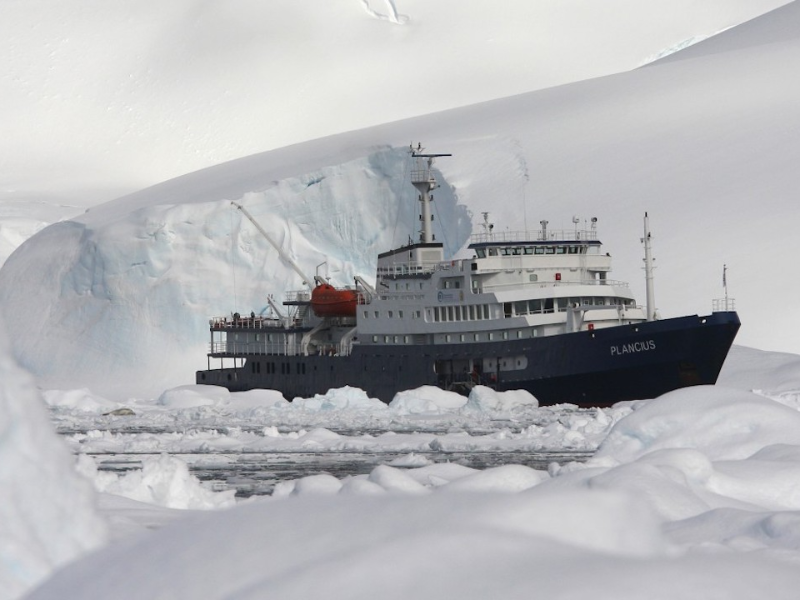
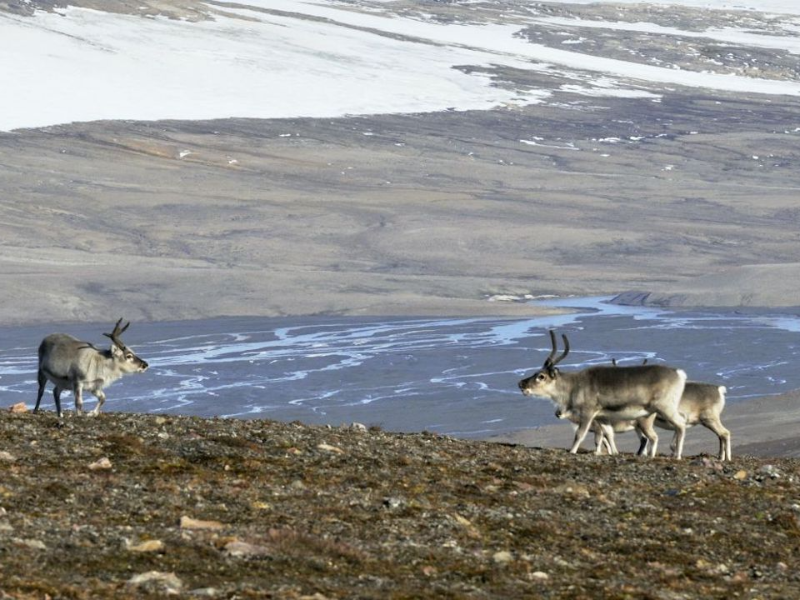

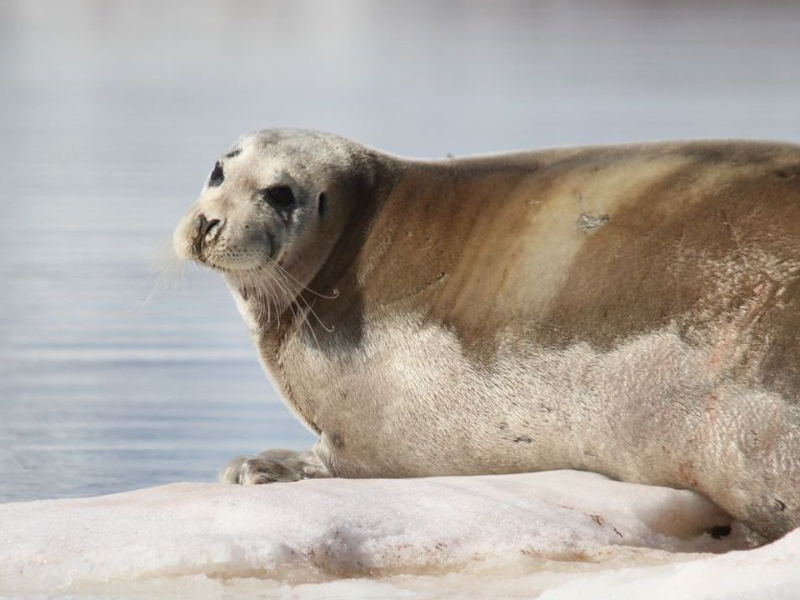
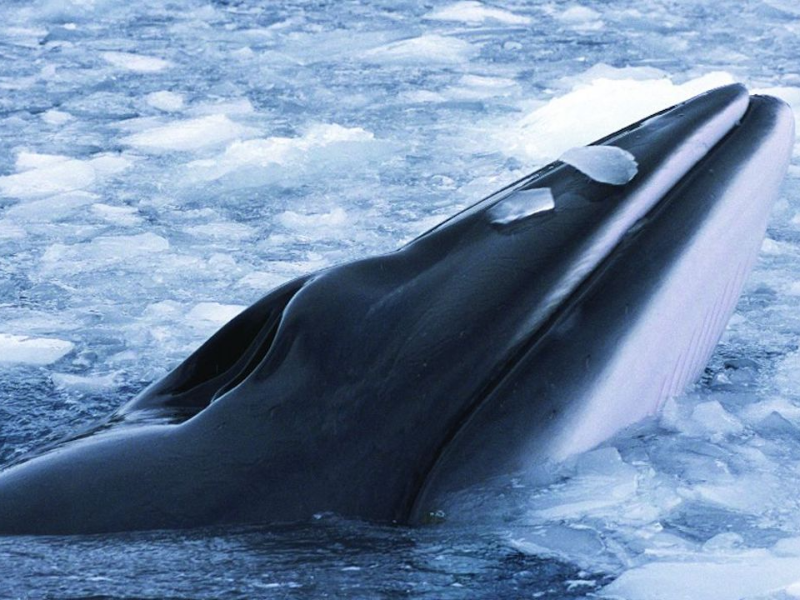
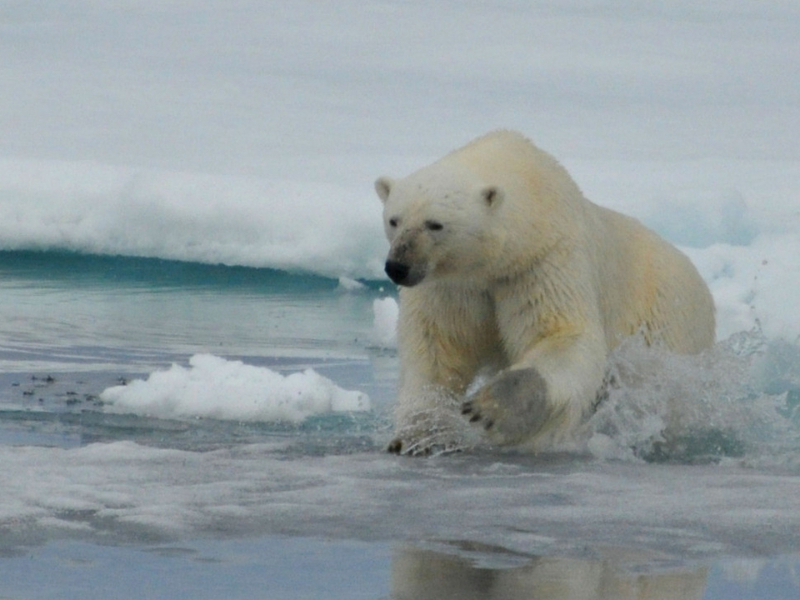
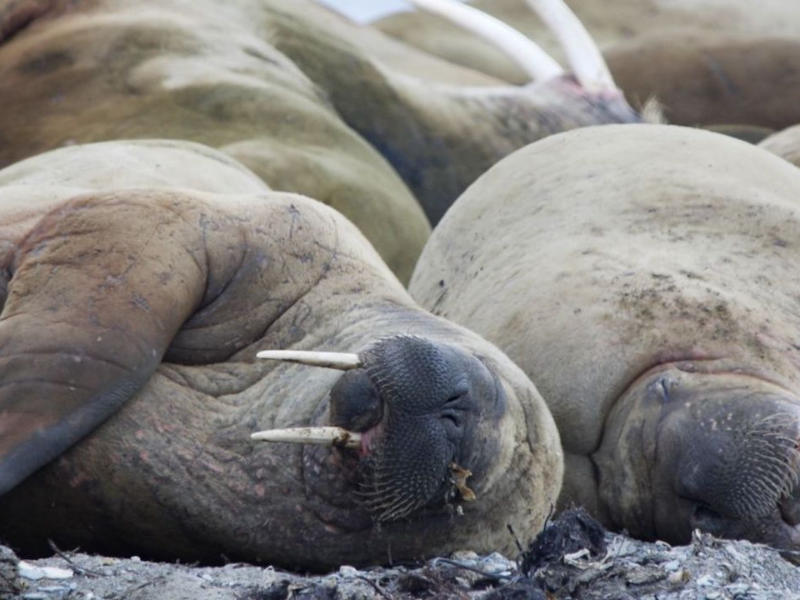
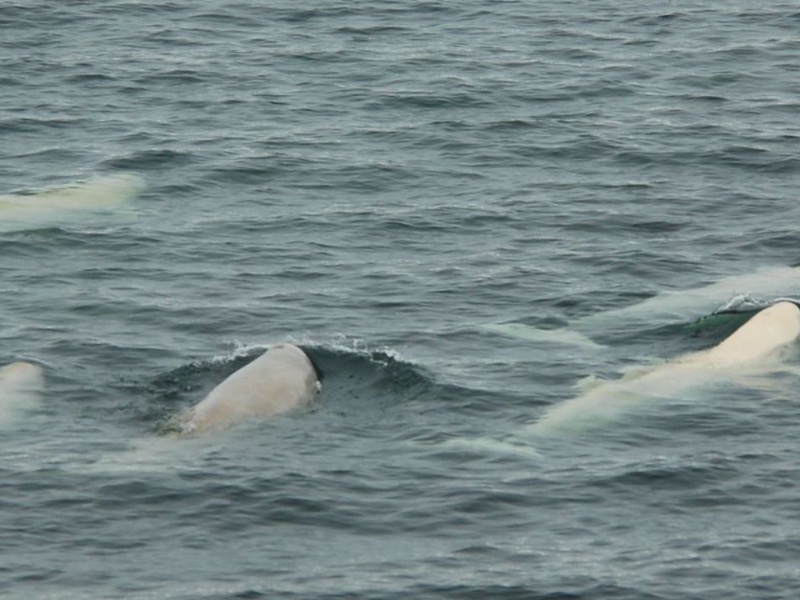
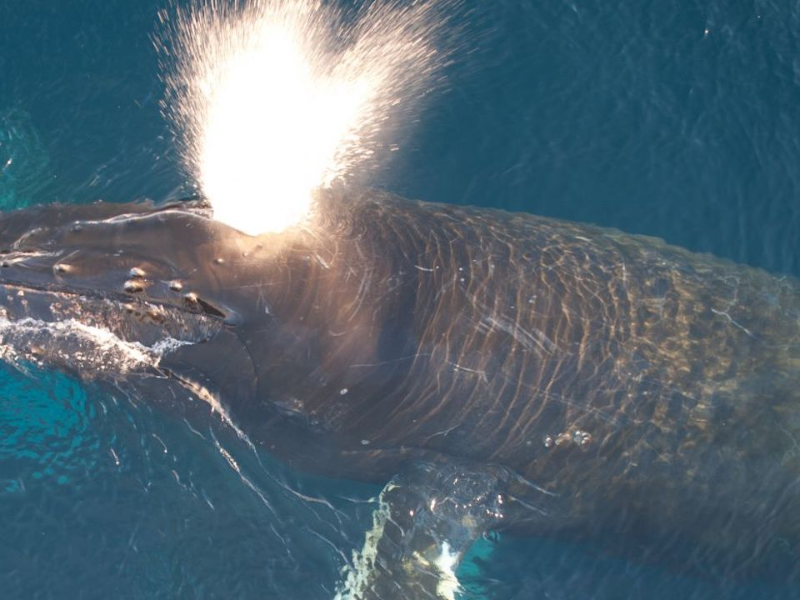
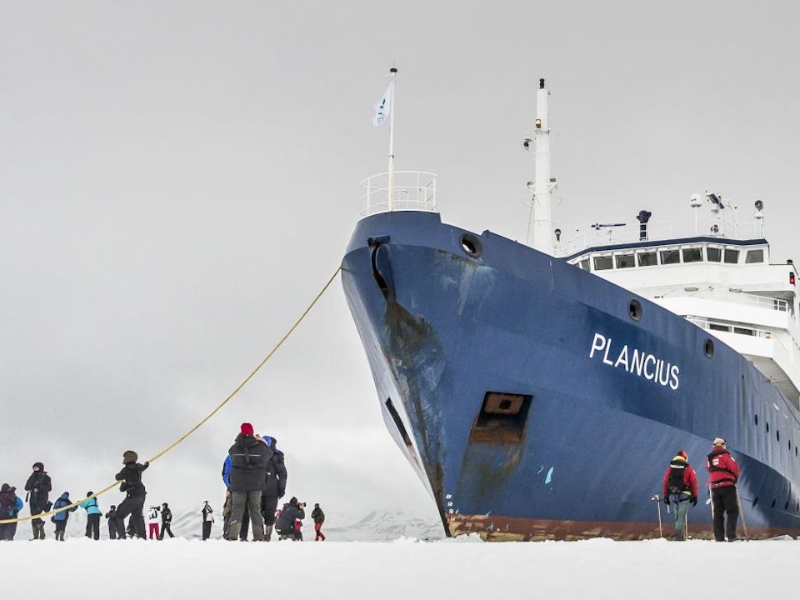
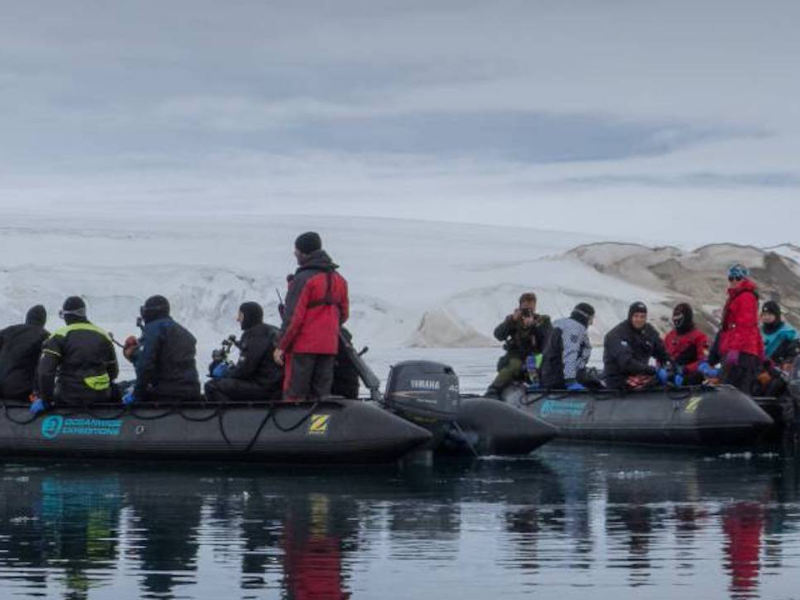



_Miss_Scuba-Oceanwide_Expeditions_IMG_8356.JPG)